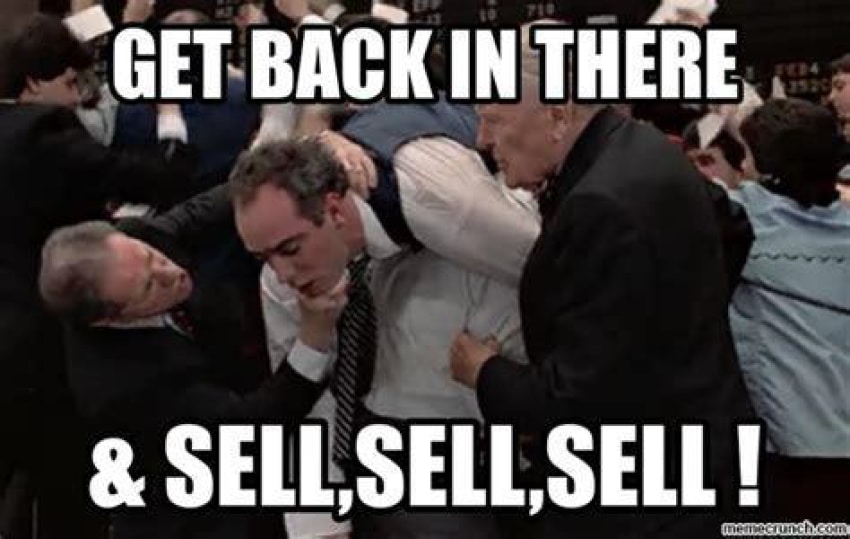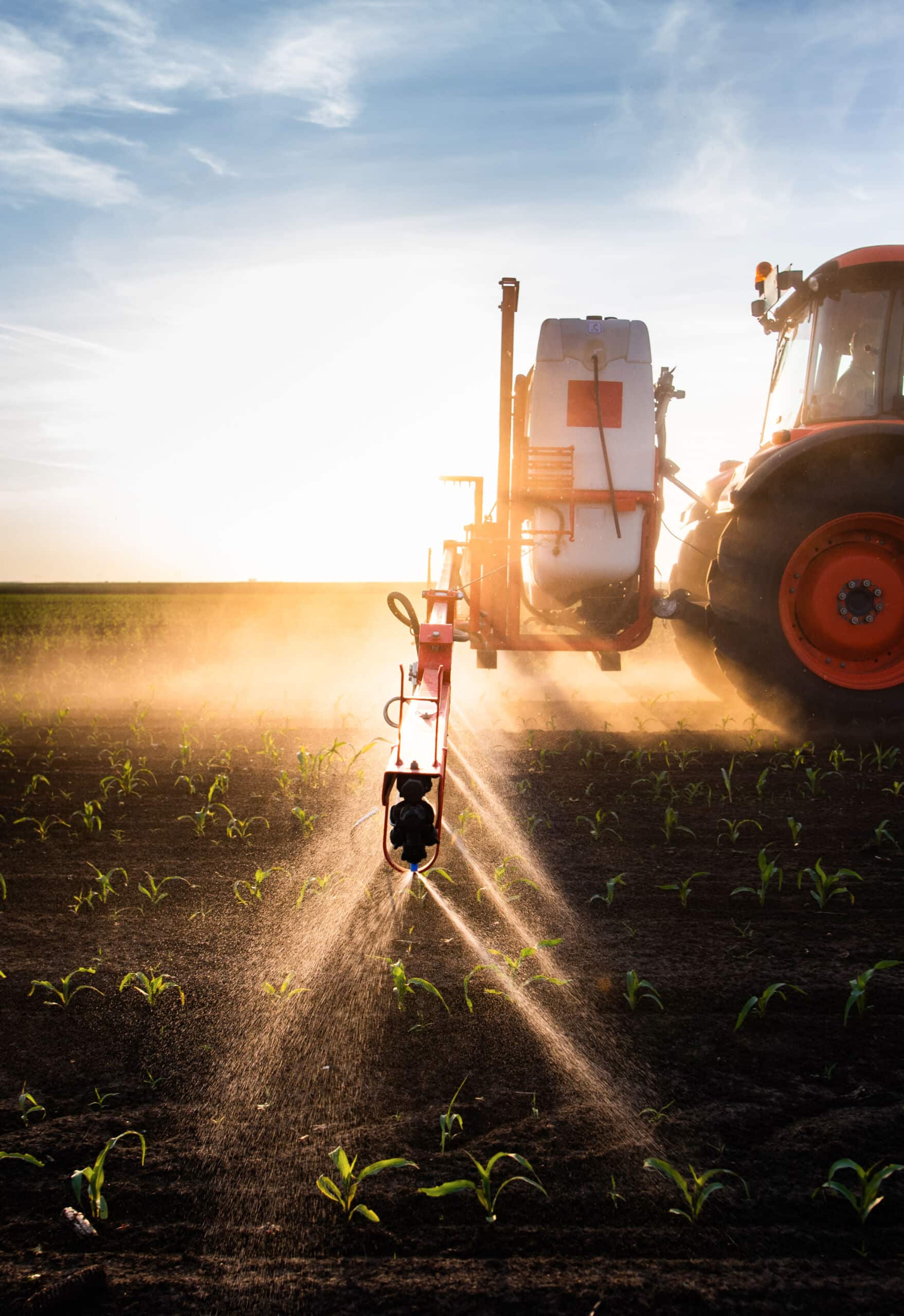Get that merchant mentality in an inverse!
Greetings to all in the Agris Academy Ecosystem. Hope the planting campaign going well and safely.
Since January of this year both the corn and soybean cash markets have been in an inverse, where the spot markets have been at a premium to the deferred months. The grain nomenclature is inverse, some of the smart types on TV call it backwardation, don’t ask us why. Less than stellar crops in South America, the Black Sea issues, and a good but not great crop last year in the US got us to a tight global spot market.
What is it telling you? As you have heard from us numerous times the market is a massive provider of information and it’s been saying for a long time I want your grain in the here and now and I’m pricing things day to day to keep that stream moving. As we write this there is a 70 cent inverse July to December in corn and a $1.66 inverse July to November in beans in futures alone.
Basis of course plays a role here too and we can only imagine the cash inverse in your markets are even more exaggerated in terms of these inverses. Overs in spot, unders in new crop. Your local markets are playing cat and mouse trying to find a flat price or basis that gets you to move what you have left. The other thing it’s telling you, right or wrong, is that new crop will be a different supply and demand story. We at Agris live by many sayings we used in our past merchandising roles and a good one I “if the market is wrong it doesn’t pay to be right”. Also recall our recent blog about your true cost to carry. Considering that, you are well into $1+ and $2+ inverses in both corn and beans, respectively.
So before we get to the next part, I want to share one of my favorite memes…

Our focus at Agris Academy on education is no accident. Our humble foundations are based on the premise that we do not know the next move in futures but we are steeped in decades of hard learned lessons. Great risk management often comes from identifying opportunities where the probabilities are not 50/50 but something better for the home team. As a trader I loved inverses because my knowledge, skills, and resources gave me an advantage in trading basis. I’m going to go ahead and confess the farmer was often on the other side. Free DP from a commercial is often sign from the market be a tough negotiator on a basis contract!! Placing bets that that soybean basis would go from say +200X in June to -40X by October 10th wasn’t a 50/50 gamble it was 90/10 play in my favor. That is the kind of casino one likes to play. We are going to teach farmers the world over how to keep the odds in their favor. Being basis long in an inverse is like a salmon swimming upstream, you might swim to a higher flat price but the current is going against you and a bear might just eat you along the way.
If you are uncomfortable with your futures risk put your mental energy and risk assessment into selling your old crop first:
This one straightforward. At this stage of the crop year, there is certainly time for a perceived or actual crop problem but with every day of time decay this gets more difficult to get to the price targets that may be in the back of your mind from recent history. If you have good basis opportunity, that is a very logical start to get that part locked in and if you want, briefly assess your futures risk. Get it out of the bin, off the storage meter, and cash on the balance sheet.
In a bigger picture, we want to emphasize that being too long in an inverse, there’s a long list of things where you are trading against yourself:
- You are hoping for a crop problem, or let’s be honest, someone else’s crop problem. Ultimately there’s nothing wrong with a good crop in your bin and more times often than not, you will have that. Hope is not the greatest strategy. A big crop isn’t the worst problem to have and while the market is affording you a significant premium, think in your overall risk assessment of waiting too long in that premium environment. To rehash another point we have said, recalibrate your estimated new crop positions as your crop progresses.
- Recall in the big picture the commercial buyers are in a never-ending analysis to understand how long you are. On their side of the ledger, they are heavy sellers in an inverse with the easier assumption they will buy it cheaper later. They are reading, not fighting, the market. Furthermore, they are banking that cash on their balance sheet while they wait for you. The elevators are loading and the processors are selling their products as fast as they can. I’ll say it stronger, for the commercials, carrying large cash positions in an inverse will have you looking for a new job.
- Selling covered calls while you wait gets less attractive. We have had multiple calls with our customers of late and the calls premiums have come in quite a bit. Market is telling you something.
We don’t advise clients on futures and basis direction. We do discuss things like probability, discipline, and emotional intelligence. If you ask Jeff he will tell you what he is doing on his farm based on his own risk profile.
Speaking of commercial players and what they do, Jeff and my favorite movie tells it best. For market junkies, if you haven’t seen Trading Places it’s a must watch. We never use panic as advice, but this is a great moment in the movie. If you feel the odds are not in your favor see the below instructions.

Other considerations:
- Markets are focusing on new crop: If we get that crop problem, the specs will shift more of their positions to new crop. It does not get you out of this argument, as we will still be heavily inverted, but more times than not the price appreciation heads more to the deferred months. This may afford you a new crop pricing opportunity. The “Jeffism” is “longitudinal risk”. Looking at risk over longer periods of time.
- Win in futures and lose in basis: A big jump in futures, especially if you’re off the tractor and planting behind you, will put pressure on near term basis so in a flat prices sense there will be some drag on that. As we previously mentioned, it can make more sense to price basis now while things are quiet and the board down then hold the rest of the pricing equation back for a perceived crop problem.
- Opportunity knocks, take appropriate risk: Inverses to some degree can beget pre-harvest inverses for a period of time. If your local market and agronomy allows, see what advantage you can take of that right out of the field or after a quick pass through your bins. In the more south and east parts of the corn belt, we are already seeing some nice premiums posted for September. This is full month September, so the risk of week to week inverses are abated and may afford you a premium new crop opportunity.
Aside from the general narrative around the inverse, this yet again illustrates our constant points around knowing your positions and constantly reassessing your risk. You can’t really manage what you don’t measure.
Our goal remains to make you equals with your buyers. One more tool in the tool box.
Happy and safe planting to all.
Mike Rohlfsen
Co Founder AgrisAcademy LLC
AgrisAcademy LLC is a teaching and consulting entity and does not promote speculation in futures markets. The use of futures as part of a pricing strategy is solely an independent decision and not under the guidance of AgrisAcademy. Views expressed by AgrisAcademy in financial markets are purely their own and do not constitute investment advice.




